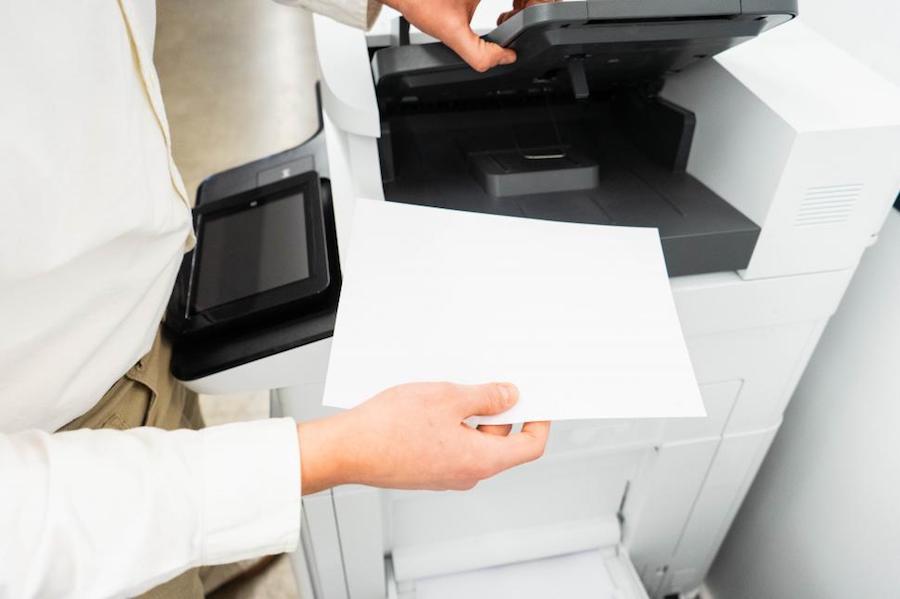When it comes to printers, the choice between A3 and A4 models often hinges on the size of documents you need to print. A3 printers can handle larger paper sizes, up to 11.7 x 16.5 inches, making them ideal for printing posters, brochures, and other documents that require more expansive dimensions. A4 printers, on the other hand, accommodate standard letter-sized and legal-sized documents, making them a practical choice for everyday office printing needs.
Print Speed and Efficiency: A Critical Consideration
Print speed is a crucial factor in determining the efficiency of a printer. A3 printers, given their ability to handle larger documents, may have a slightly slower print speed compared to A4 printers. However, advancements in technology have narrowed this gap, and many A3 printers now offer competitive speeds. Consider your printing volume and the urgency of your printing tasks to determine whether the potential difference in speed is a significant factor for your needs.
Footprint and Space Considerations: Evaluating Size Requirements
The physical size of the printer is an important consideration, especially if you have limited space in your office or workspace. A4 printers are generally more compact and fit well into smaller environments, making them a practical choice for home offices or businesses with space constraints. A3 printers, with their larger paper-handling capabilities, may have a larger footprint, requiring more space for installation.
Cost of Ownership and Consumables: Assessing Long-Term Expenses
The cost of ownership involves not just the initial purchase price but also ongoing expenses related to consumables like ink or toner cartridges. A4 printers often have lower running costs due to the smaller page sizes and standardization of consumables. A3 printers, while offering versatility in document size, may incur higher expenses for consumables. Consider your budget and the long-term cost implications when deciding between A3 and A4 printers.
The choice between A3 and A4 printers depends on your specific printing needs, including document size requirements, print speed considerations, available space, and the long-term cost of ownership. Evaluating these factors will guide you in selecting the printer that best aligns with your printing preferences and business or personal demands.


